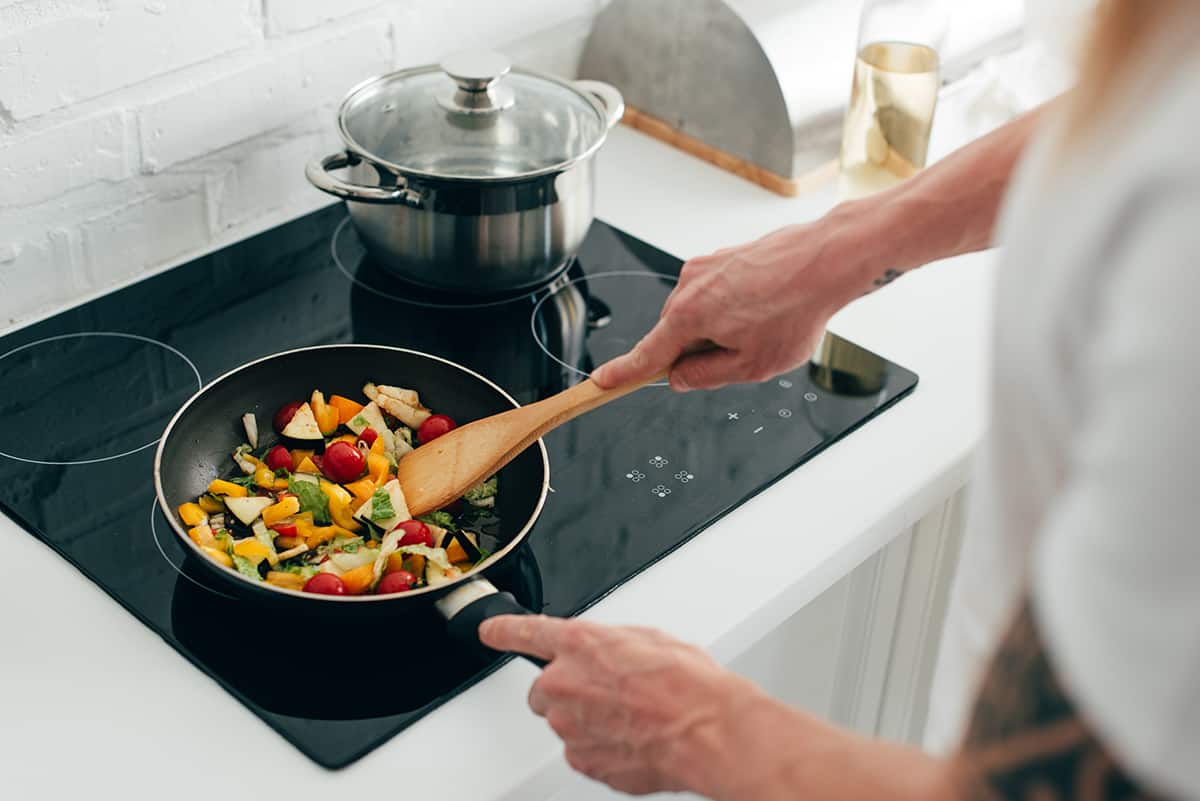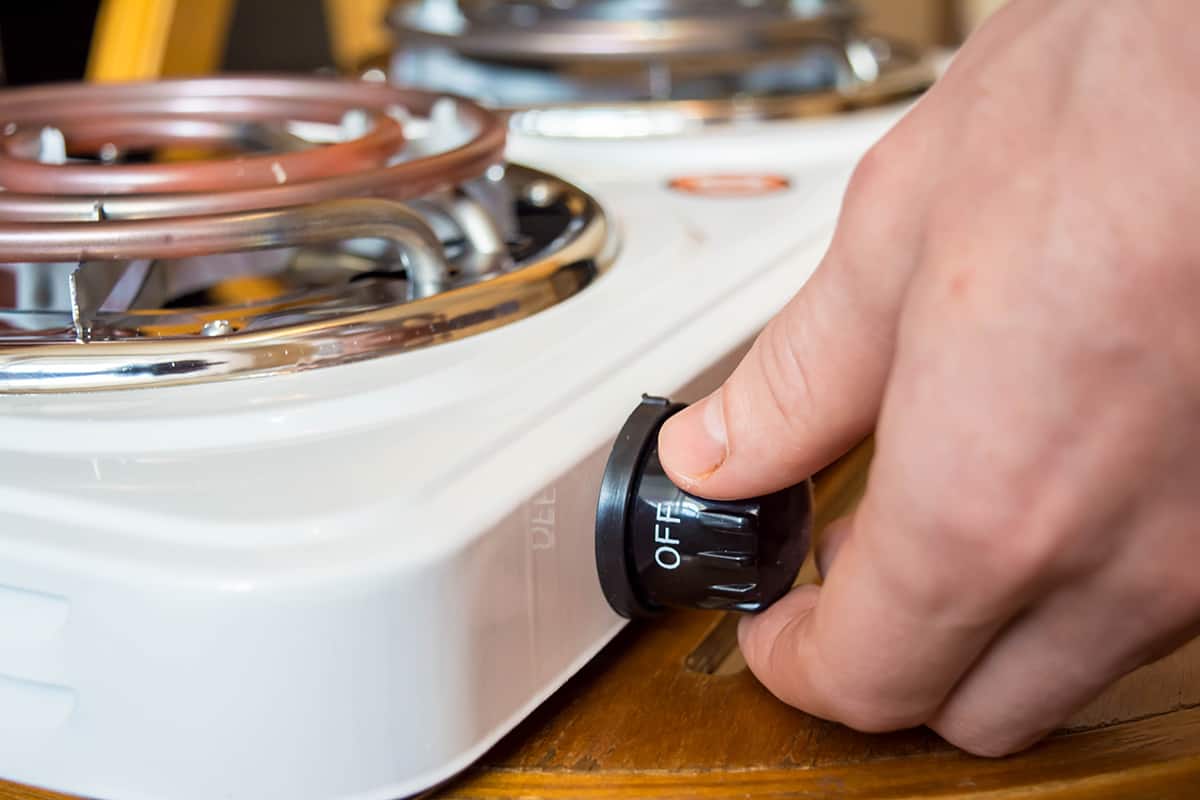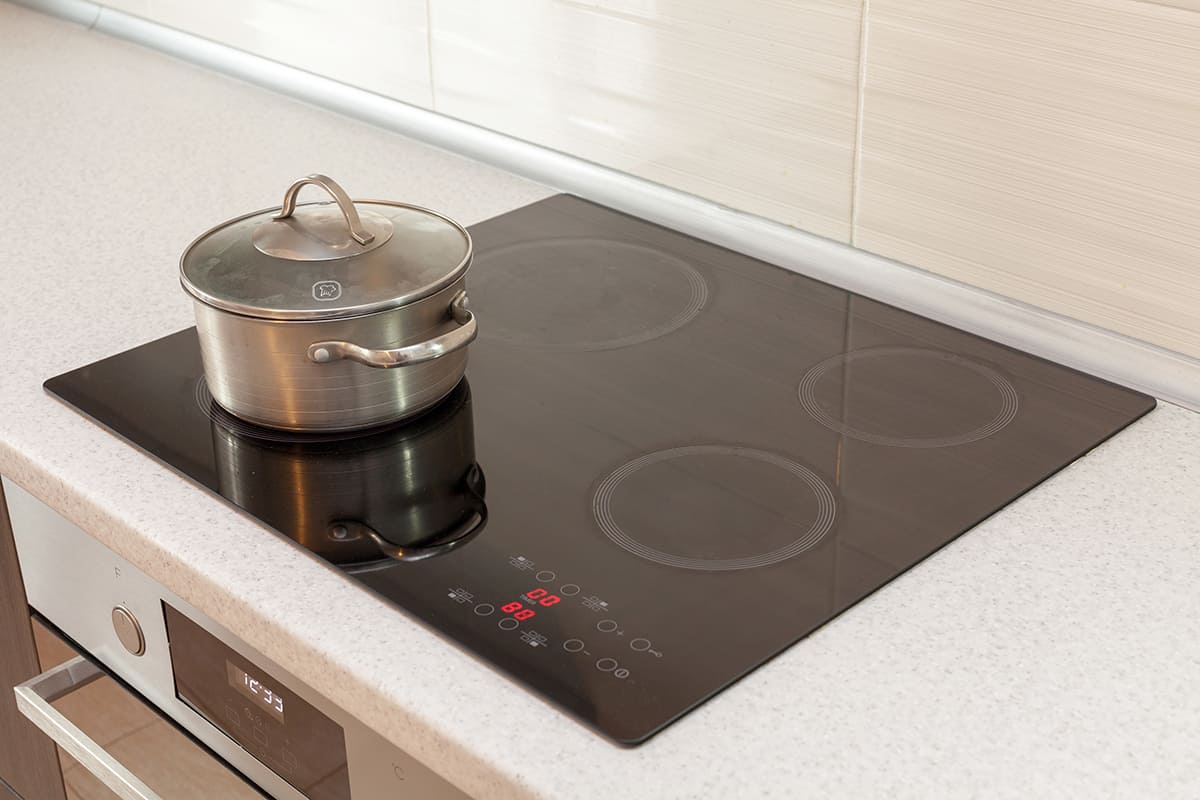Very rarely do we think about how much our electric stoves use. We’re all too busy experimenting with new dishes to think about how much electricity it will take to make them. So, what is the wattage of the typical electric stove?
The majority of electric stoves will draw between 2,000 and 5,000 watts of electricity. The wattage of an electric stove is directly related to the size of its burners, with small burning drawing around 1,200 watts and large burners drawing up to 1,800 watts.
Today, I’ll describe what factors play a role in an electric stove’s wattage, how much it will cost you to run an electric stove, and how to save money when using an electric stove.
What Are Watts?
In simple terms, a watt is a unit of measurement for power. You’ll find wattage ratings on all electronics, from laptops to vacuum cleaners to stoves. Generally, the higher the wattage rating is of an electronic device, the more power it requires to operate. The common unit of measurement for calculating how much power a family consumes is kilowatt-hours.
On average, a US resident will consume as much as 10,715 kilowatt-hours annually or slightly north of 890 kilowatt-hours per month. The largest energy-consuming appliances we have at home are cooling and heating systems. Kitchen appliances, such as refrigerators, dishwashers, and electric stoves, take up between 9 and 10% of the total energy consumption. Electric stoves on their own make up 3 to 4% of those figures.
So, based on the total kilowatt-hour figure per month and how much of that is used to power electric stoves, we can conclude that these appliances require roughly between 26.8 and 35.7 kilowatts per hour. But what does that translate to in terms of wattage? Alas, we will not know unless we know how long the stove runs per month and how much power (watts) it draws.
How Much Electricity Does an Electric Stove Use

In the end, trying to figure out the kilowatt-hour figure of an electric stove is a lot easier to do when you know what the wattage of the stove is. Luckily, figuring out the wattage of an electric stove is as easy as reading the manual.
However, if we want to talk generally, you should know that an electric stove will draw typically draw anywhere from 2,000 to 5,000 watts. On average, that figure falls somewhere in the 3,000-watt range. With all that said, you can easily find electric stoves that draw far less or even far more power than the wattage ratings mentioned above.
For instance, the IMUSA GAU-80305 draws as little as 1,100 watts. The Elite Gourmet ESB-300X is 100 watts more efficient! On the opposite end of the spectrum, we have the LKZAIY Commercial Induction Cooktop, which draws 5,000 watts when operating at full power. As for the sleek SINGLEHOMIE 4-Burner Induction Cooktop, you’re looking at a maximum power of 6,000 watts!
Something you should know about an electric stove’s wattage is that the mentioned figure relates to how much maximum power it draws. For instance, an electric stove might require 6,000 watts to power 4 burners at high heat simultaneously but less than 800 watts for a single burner at medium-high heat.
Factors That Affect a Stove’s Wattage
As you can see, the wattage ratings of electric stoves are all over the place. But why is it that some electric stoves are less power-hungry than others?
There are several factors that play a role in an electric stove’s overall power consumption, which I’ll describe below.
Burner size

To put it simply, the wider the burner is, the more power it will take to operate. The stove will have to draw more electricity to heat up the coils. While this might sound like a downfall, you might appreciate having wider burners to heat up large pots of liquid more quickly than smaller burners. There’s a tradeoff for everything, and in terms of higher power consumption, it’s more efficient cooking.
Number of burners
Single-burner electric stoves will have much lower wattage ratings than stoves with multiple burners. This is simply due to the fact that your stove should draw enough power to activate all of its burners simultaneously. However, that doesn’t mean the stove will deliver all of its power to a single active burner. If only one burner is on, you don’t have to “pay” for the unused burners.
Induction
Induction stoves technically fall into the electric stove category since it requires electricity to operate. However, it differs from traditional electric stoves in how it heats up the food. Instead of introducing direct heat to your cooking vessel, it creates a magnetic field that heats up a ferromagnetic (cast iron or stainless steel) pot or pan.
The great thing about induction stoves, apart from their ability to swiftly change between cooking temperatures, is that they are up to 10% more energy-efficient than traditional electric stoves.
How Much Does It Cost to Use an Electric Stove?
To calculate how much power your electric stove uses in monetary terms, you have to know 3 things: how many hours you use the stove per day (rough estimate), the stove’s wattage, and the cost per kilowatt-hour set by your utility company.
For instance, if you run a 1,500-watt electric stove on its highest heat setting (so it uses all 1,500 watts) for 6 hours per day, while the kilowatt-hour rate is $0.1042, then you should expect to pay:
- Daily Cost to Operate Electric Stove = Kilowatt-Hour per Day × Rate
- Daily Cost to Operate Electric Stove = (6 hours × 1,500 watts) × $0.142
- Daily Cost to Operate Electric Stove = 9 × $0.1042 ≈ $0.94
Using simple math, we can determine how much it will cost to operate the same stove for the same number of hours per hour, week, month, and year (roughly).
- Hourly Cost to Operate Electric Stove ≈ $0.16
- Daily Cost to Operate Electric Stove ≈ $0.94
- Weekly Cost to Operate Electric Stove ≈ $6.56
- Monthly Cost to Operate Electric Stove ≈ $28.53
- Yearly Cost to Operate Electric Stove ≈ $342.33






